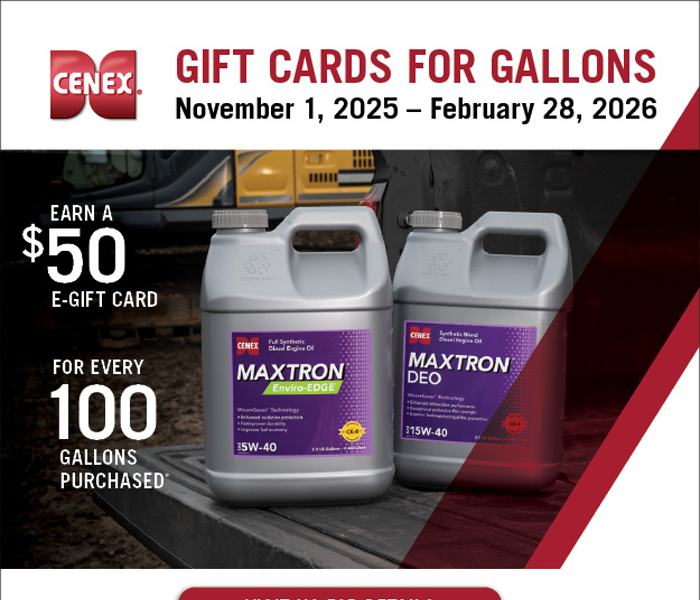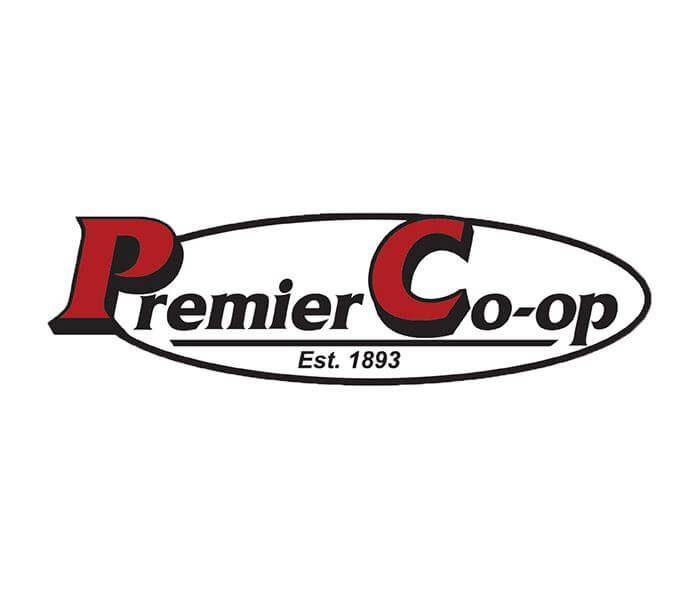Premier Co-op

December Energy News
I hope you were able to enjoy Thanksgiving with family and friends. And I hope you’ve recovered from your food coma. For the 10 of you (including my mom) who read my newslett...

The fertilizer industry is facing a complex mix of trends, challenges, and uncertainties as the 2024 application season progresses. Here's an overview of current developments across key fertilizer markets.
Potash
Fall demand for potash has been steady nationwide, with ongoing applications across the country. Recent headlines have been dominated by tariff discussions from President-elect Donald Trump. Industry experts largely doubt tariffs will be imposed on potash, given that the U.S. relies heavily on Canadian imports, as the country produces no potash domestically.
Looking ahead, expectations for the remainder of the 2024 application season and the December/January prepay period include flat pricing and ample supplies to kick off the new year.
Phosphorous
Among macro fertilizers, phosphorous stands out with the highest cost-to-bushel ratio for corn, reaching the upper historical range. Several factors are tightening supplies and affecting pricing:
Despite the situation, NOLA remains the cheapest phosphorous source globally. Pricing is expected to remain firm through 2024, with little to no reset anticipated for winter fill tons.
Urea
Since September 1, 2024, urea prices at NOLA have traded within a $40 range. Several global factors are keeping prices elevated, including a 92% year-over-year drop in Chinese exports, ongoing Indian tenders, and production issues.
U.S. inventories are below the five-year average and will require imports to stabilize. Whether global prices will soften enough to attract imports or if NOLA prices will need to increase remains a critical question for the market.
UAN
Producers have sold enough UAN to feel secure into the next calendar year. Each new batch of product is being sold at slightly higher prices than the previous one. Initially, UAN was priced similarly or at a discount per nitrogen unit compared to urea. However, it has now shifted to a premium. Market conditions suggest firm to slightly stronger pricing in the near term.
Anhydrous Ammonia (NH3)
While we don't handle this product, the success of the fall NH3 application run could significantly impact other nitrogen products. If weather delays applications, spring demand could surge.
Ammonium Sulfate (AMS)
The AMS market remains firm and trending higher. Shipments are already booked into February, yet many buyers remain hesitant to secure their needs due to high costs. This delay could result in supply chain challenges as spring approaches, particularly for last-minute buyers.
Market Uncertainty
Across all fertilizer markets, factors such as weather, logistics, geopolitical events, manufacturing disruptions, and buyer sentiment continue to influence supply and demand. These dynamics make market conditions susceptible to rapid change.
We understand that these market fluctuations can be challenging to navigate. Our team is here to support you in making informed decisions for your operation. We appreciate your trust in us and look forward to continuing our partnership.
